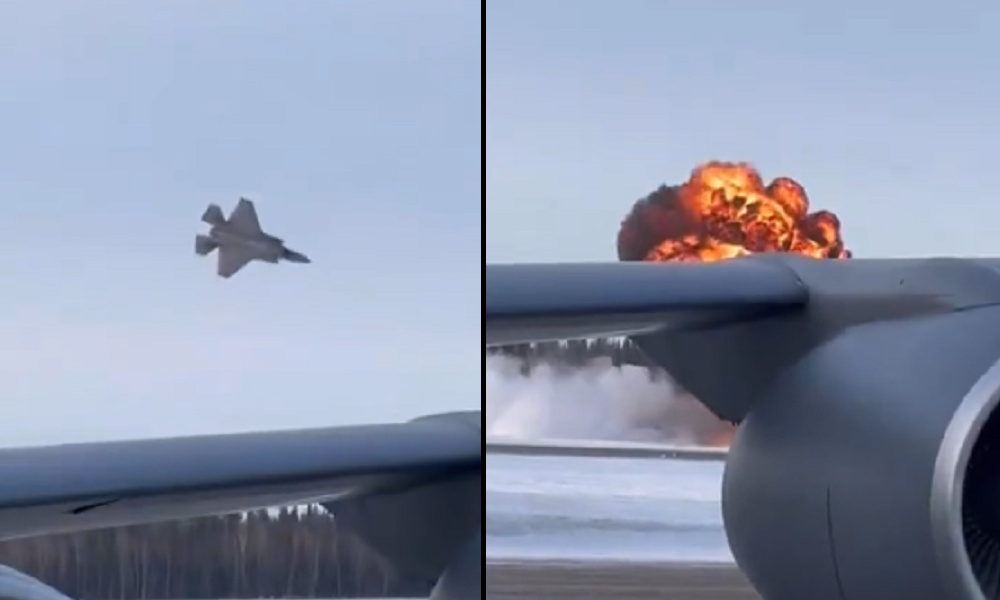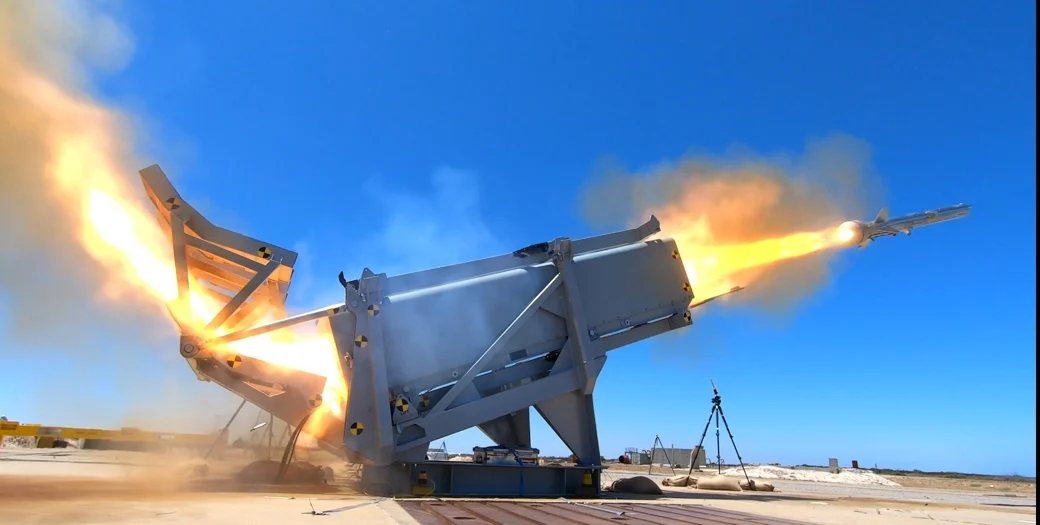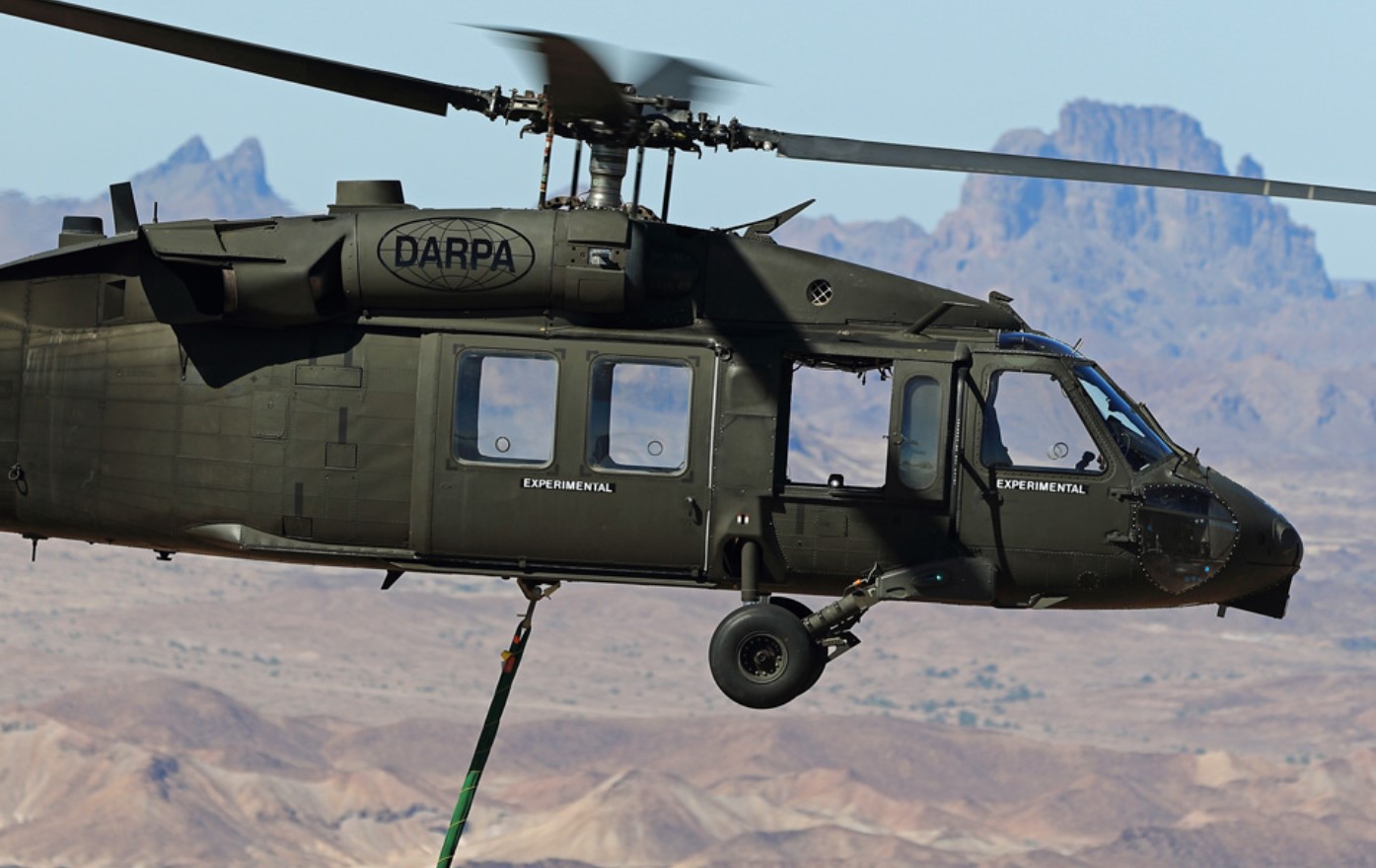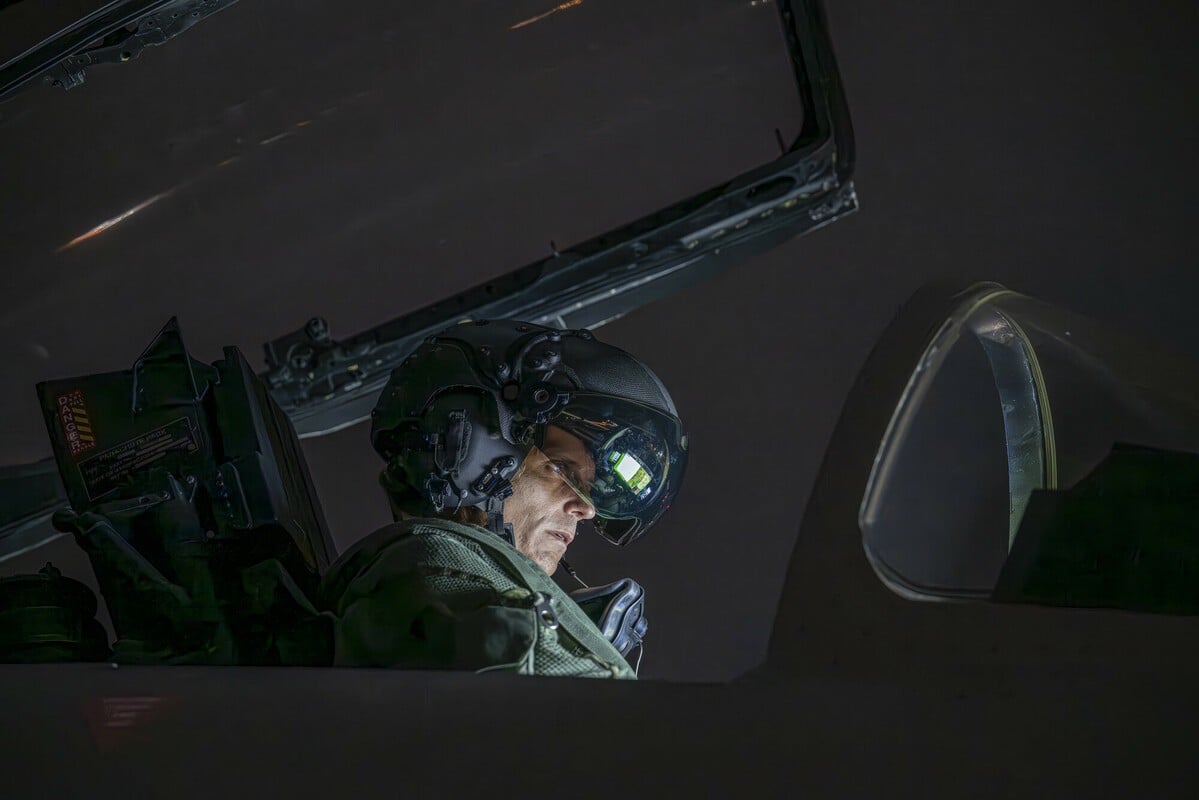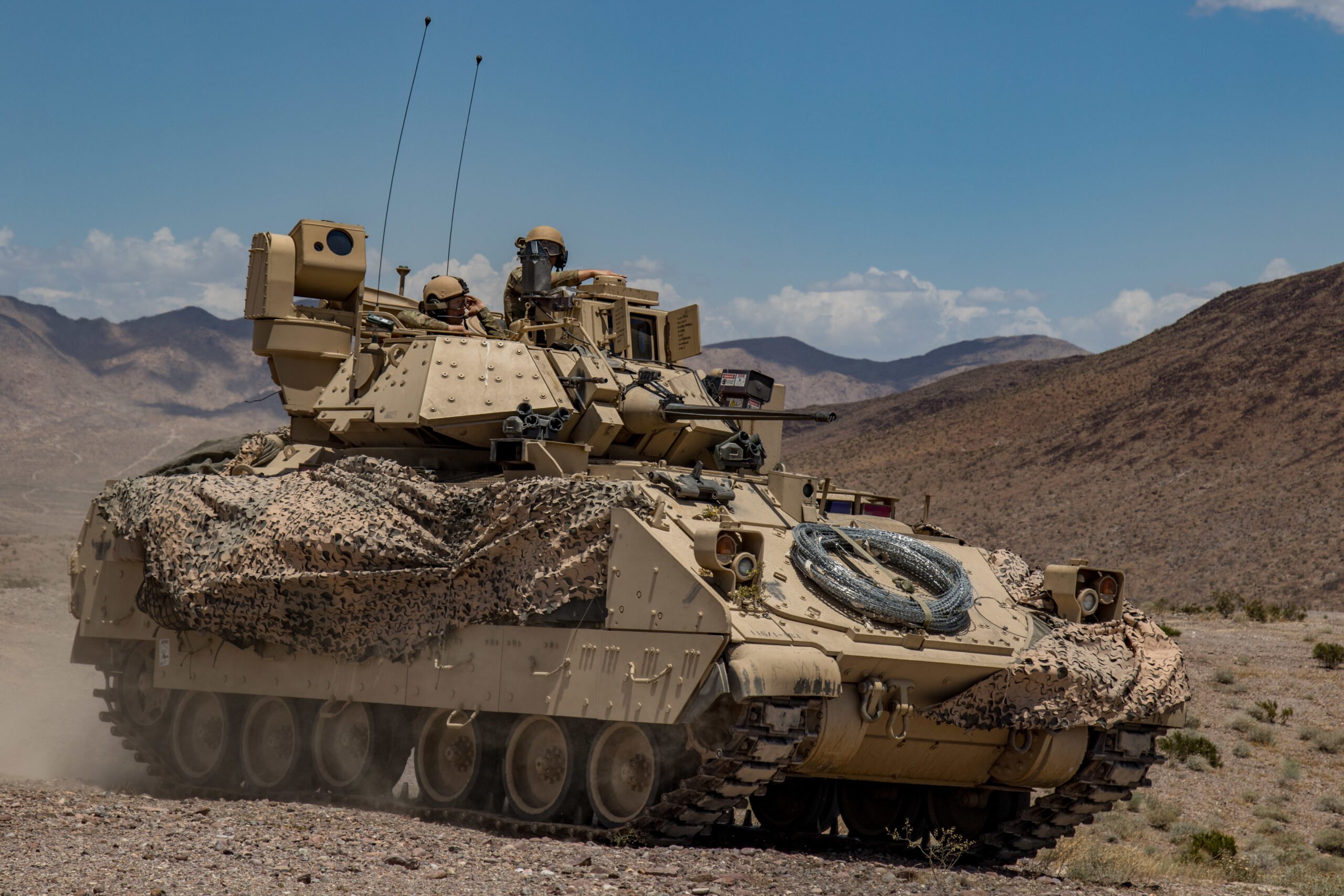Lockheed Martin has secured a significant contract extension worth $245 million from the US Naval Sea Systems Command, aimed at enhancing the MK 48 Guidance and Control (G&C) program. This upgrade is particularly focused on the Mod 7, the latest iteration of the MK 48 submarine-launched torpedo, which is designed to improve its operational capabilities.
According to the details of the contract, the advancements made under this program will not only benefit the US Navy but are also set to extend to allied forces, including Australia, through foreign military sales. The timeline for the completion of this work is projected to extend until September 2027.
Tom Warner, Lockheed Martin’s Vice President of Undersea Warfare, lauded the contract as evidence of the company’s commitment to revitalizing a previously stagnant technology. He stated that the agreement enables the firm to deliver an increased number of guidance and control sections at a more accelerated production pace. Warner emphasized the dedication of their team, assuring that they remain focused on producing these crucial systems. He underscored the importance of ensuring that both the US Navy and allied nations possess the necessary technology to maintain superiority in an increasingly dynamic global security environment.
Former US Navy submarine commander Tom Shugart also commented on the prowess of the MK 48 torpedo, describing it as “probably the most capable torpedo in the world.” His insights highlighted the torpedo’s dual functionality in both anti-submarine and anti-surface operations. Shugart pointed out that the MK 48 can launch strikes with minimal warning and is engineered to deliver significant damage, even capable of breaking ships apart on impact.
The MK 48 torpedo is equipped with a formidable 650-pound (approximately 295-kilogram) high-explosive warhead and is utilized by the entire class of US Navy submarines. The advanced Mod 7 version, which was developed through a collaborative effort with the Royal Australian Navy, achieved its initial operational capability back in 2006. Beyond the United States and Australia, several other nations, including Canada, the Netherlands, Brazil, and Taiwan, have integrated this formidable weapon into their naval arsenals.



